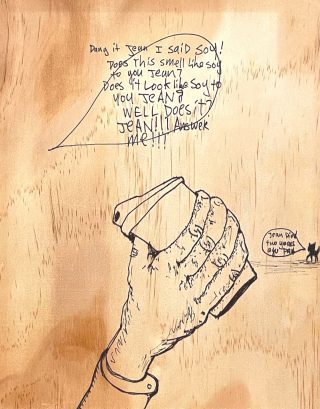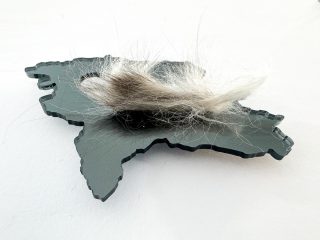About the Artist
Rachel Burke
Rachel Burke is a multidisciplinary artist, designer, and author based in Brisbane, Australia. Known for her vibrant, tactile wearable art and iconic tinsel creations, her work is inspired by a love for naive craft materials and transforming the mundane into the magical. She has exhibited her work both internationally and across Australia, including at The Museum of Brisbane, AHA Telluride, Saint Cloche Gallery, and The Australian Centre of the Moving Image.
Statement: Empty Bag
In 2023, I experienced a series of pregnancy losses, one of which occurred in the melty bead aisle of a craft store. During this time, I kept a diary of the words and platitudes I encountered in doctors' offices, hospital beds, and amongst family and friends. The word "empty," used repeatedly to describe my uterus and body at various times, resonated deeply. This work reflects and symbolises the literal emptying and emptiness I experienced whilst also serving as a quiet response to those who might ask, "How far along are you now?" in the weeks that follow a loss. This piece is part of a larger body of work I've been developing to process these experiences, with the full exhibition set to be shown in 2025.
Statement: Very Anxious, Ready for Snacks
"Very Anxious, Ready for Snacks" is crafted from melty beads to resemble a picnic blanket, symbolising the intense hunger I experienced during pregnancy in 2023. This hunger was complex, as each pregnancy left me with a physically changed body that looked pregnant but had no baby to show for it. The piece also features balloons, fairy bread, and children’s party elements, representing imagined celebrations and joys that never came to be.
—
Kitty Horton
Kitty Horton’s artworks often explore the materiality of oils, mixed media, ceramics and drawing as primary mediums in her visual art practice. Inspired by the American Minimalists, Kitty investigates her surroundings by creating distorted shapes, forms and motifs. Mark-making and the lucky accident extend the relationship between painting and drawing. Kitty has recently engaged with spatial configurations of interior objects to provide compositional structures. The mediums of drawing, ceramics and painting enable Kitty to investigate further the hard and soft duality of opposing, sometimes complimentary, interior forms.
Statement: Kitty’s recent body of work ‘Lineage’ features multi-media assemblages that accompany larger abstracted paintings. These small crudely hewed-together wooden constructions act as remnants of building supports. They emphasise her ability to represent something becoming and something remembered. For it was Kitty’s late father, a skilled builder, in his workshop, where some of her earliest memories reside. She recalls, in her father’s company, often picking up his myriad tools, attempting to mimic his building processes. This mediative process now acts as a cyclical representation of her previous grief and her current role as a parent.
—
Henry Wexler
Henry Wexler is a Meanjin (Brisbane) based artist. Since completing an Honours Degree in Fine Art, Visual Art at the Queensland University of Technology in 2009, he has exhibited locally, interstate and a couple of times internationally. While his work spans video, installation, and drawing, his recent body of work focuses on painting. His work draws on a history of low fi and slacker art and combines it with absurdist and dark humour. Through this tactic, Wexler constructs ‘Confusions’ and pokes fun at the nuances of language, conversations, media, politics, society, art and indeed life itself.
—
Sam Kiernan: Strung Rabbit
Samuel is a Brisbane/Meanjin based artist primarily working with oil paint and film photography. His work is often informed by interdisciplinary skills, such as knowledge of anatomy gained through veterinary studies or transferable techniques between radiography and photography. He aims to create pieces that invite the viewer to consider paradoxical themes coexisting, as in between art and science or emotion and logic.
Statement: This work is a representation of the morbid curiosity that compels us to find beauty in death. The death of this rabbit was a violent act that enables a moment of cultural value and familial connection through the homely act of cuisine.
—
Col Mac
Col Mac is an interdisciplinary artist working with a focus on painting. His current work investigates the ways in which aesthetic practices link and blur the boundaries of time, place, biography, history and the poetic ways in which these subjects overlap. His work has appeared in the Washington Post, New York Times, FT, NBC, Vice and more. He has been a finalist in The Brisbane Portrait prize, Swell, the North Sydney art Prize, longlisted for the Herbert Smith Freehills portrait award and shortlisted for four AOI world illustration awards. In 2023, he completed his Bachelor of Fine Art at QCA.
Statement: Cloud study over Cape Canaveral
Cloudscape of the sky on January 28, 1986. The Space Shuttle Challenger broke apart 73 seconds into its flight. The spacecraft disintegrated 46,000 feet above the Atlantic Ocean, off the coast of Cape Canaveral, Florida, at 11:39 a.m. EST
—
Odessa Mahony-de Vries
Sunshine Coast-based artist Odessa Mahony-de Vries, is propelled by the materiality of paint and colour, channelling them into an active exploration of process. Odessa works quickly and engages in immediate responses, navigating the interplay of painterly gestures and dynamic compositions to find resolve. She creates boundaries within the canvas but later dismantles them by extending the paint and blurring lines.
Statement: Sweet
Sweetness, icing, floating blissfully, heart pounding. This painting expresses the rush and joy of a new love, and the excitement in the unknown.
Haze is an all-consuming feeling of wonderment and transitioning into a new space. The piece reminds me of a time when I was walking through the bush, and hundreds of butterflies emerged.
—
Joel Melrose
Joel is a self taught artist from Frankston, Victoria. Often juxtaposing subject matter with themes of masculinity, pop culture and observational humour, executed with a crude cartoon like approach, and working with a variety of media including acrylic, oil and rudimentary sculpture.
Statement: Manic Depresso
This painting conveys my struggles with mental illness; the feeling of happiness being swallowed by sadness.
—
Ryan McDade
Ryan is an early career visual artist whose practice spans multiple disciplines, including sculpture, mixed media, installations, poster art, and printmaking. His work often explores themes such as war, geopolitics, the refugee crisis, and religion.
Ryan’s artistic journey has included several studio-based courses: a yearlong VCA Sculpture Studio in Melbourne (2010), a BrisArts 2D to 3D program in Brisbane (2017), and more recently time in a local printmaking studio, where he has been developing concepts for a new body of work. During this period, he has also participated in several group exhibitions.
Until recently, Ryan's art practice coexisted alongside a full-time corporate career. However, following a 2021 diagnosis of a neurological condition, he has shifted his focus entirely to an arts-based vocation.
Statement: Argenti (a memorial)
In Argenti (silver) the artist offers a deeply personal meditation on loss and memory. This piece serves as a memorial to a beloved family’s first pet, a kitten tragically killed by a car (June 2024). The sculpture's form mirrors the bloodstain left on the road with the cut-out circle representing grief and loss. Through the interplay of its reflective surface and organic material, Argenti invites viewers to contemplate the fragility of life, and the lasting imprints left by those we lose.
—
Elspeth Merriman
Elspeth Merriman born 1990, is a Brisbane-based artist working predominantly in illustration. Merriman studied design in 2009 with a focus on digital illustration, however found the digital form stifled her ability to command an audience and communicate narrative. Merriman has since been committed to traditional illustration methods, working with graphite, ink and synthetic polymer. Although the subject matter of the work varies, Elspeth's ability to communicate an emotive narrative through intricate rendering remains consistent and has a strong sense of style.
Statement: Apple Tart
Apple Tart by Elspeth Merriman is a delicate and delicious interpretation, combining themes of romantic, erotic and quotidian love. From food as a love language to the juicy symbolism of the main ingredient, this work is sweet yet tart, simple yet complex and utterly delectable, much like love itself. — Luise Toma
—
Jessica Nothdurft
Jessica Nothdurft is a multimedia artist living and working in Brisbane, Queensland. Following studies in visual arts at TAFE Queensland (2003 – 2004), she continued her art education at Queensland University of Technology (2005 – 2008). Since then, she has developed her art practice.
Statement: Weight of Shadows
Boof and her pregnant dog, they roam through the night, Alone in the silence, under dim, fading light. Their eyes meet in shadows, a glance dark and deep, Two souls in the wild, with secrets they keep.
—
Frances Edwina Powell
Frances Edwina Powell (she/her) is an emerging artist and arts facilitator based in Meanjin (Brisbane), Australia. She explores the ideas of the body, relationships, performance and home, primarily working on paper. Frances often references figure drawing, abstract shapes and colour associations within her work. Her practice is often informed by material and process, letting her thoughts percolate as she engages with tangible materials.
Statement: Bedroom Sanctity I, II & III
These works recount the moments conjured in the heat of the bedroom — snippets of intimacy and moments in between: of touch, care and openness. A warm, safe space filled with just two people.
—
Carolyn V Watson
For over 20 years, Carolyn V Watson has used her art practice to comprehend and chronicle her life history and experiences. Primarily self-taught, Watson was initially committed to an intense drawing and painting practice before experimenting with three-dimensional making to expand her art and her private ruminations. In contrast to the purposeful looseness and immediacy of her drawings, Watson’s sculptural responses make explicit the contemplative and multilayered nature of her work. Drawn to a grotesque feminine aesthetic, she employs labour-intensive methods such as hand-stitching, carving, moulding and assemblage to draw out physical embodiments of her deep thought processes and highlight connections between her inner world, her home environment, and the natural world. Cornerstones might include personal memory, natural history, gothic imagery, or the lush and unruly garden surrounding her studio.
—
Hamish Wilson
Self-taught, emerging artist Hamish Wilson aims to explore the male psyche through an art practice characterised by evocative, impasto oil paintings. Residing in Meanjin (Brisbane), Wilson is endlessly fascinated by the pursuit of producing expressive representations of wilting flowers, the figure and the self. While the aim for his work is for it to be easily accessible, in some instances incorporating short, poignant phrases of text, there is also a level of complexity present in the subject of his work. Compositions accentuated by allegorical elements alluding to contemporary narratives of isolation, relationships and toxic masculinity.
Hamish Wilson was recently awarded the Emerging Artist Prize for 2024 Brisbane Portrait Prize, selected as a finalist in the Stanthorpe Art Prize and as a semi-finalist in the 2024 Macquarie Group Emerging Artist Prize.
Statement: Images of modern evil (After Albert Tucker’s Images of modern evil: Demon dreamer)
An appropriation of Albert Tucker’s painting, ‘Images of Modern Evil: Demon Dreamer’, this work aims to illustrate the negative effects of pornography on the developing minds of young men. During the Second World War, revered Australian modernist, Albert Tucker returned home to Melbourne at a time of social fluctuation in relation to sexual practices and perspectives. Sparking a body of work titled ‘Images of Modern Evil’. The Albert Tucker-esque portrayal of the female figure in this work illustrates the correlation between his conservative views and misogynistic representations of females and the way that young people today have their relationship with women and sex warped through the dehumanising, unrealistic lens of pornography. Wilson portrays the female figure in an objectified, carnal form with reference to Tucker’s signature motif of the red crescent mouth.
“Our image of the other sex is formed in our childhood and I suspect we're looking for that image, if it's an affirmative one, for the rest of our lives.” — Albert Tucker
—
Alex Xerri
Alex Xerri explores prehistoric life and world-building through different biomes, species and fossils found in nature documentary programmes, obsolete technology and cars, and navigation of strange polygonal 3D video game worlds. Xerri explores these aesthetic sensibilities through robustly textured paintings with acrylic and stone on canvas.
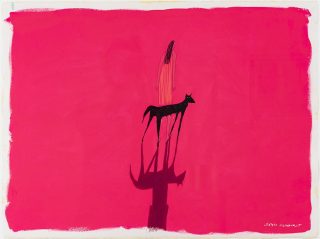 Sold
Sold
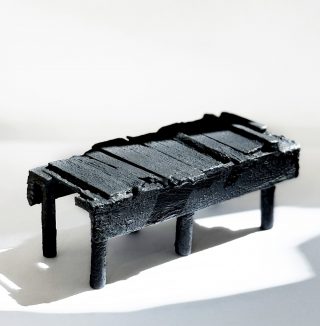
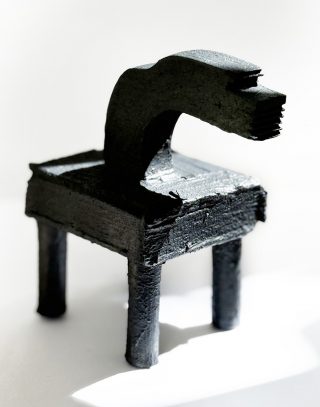
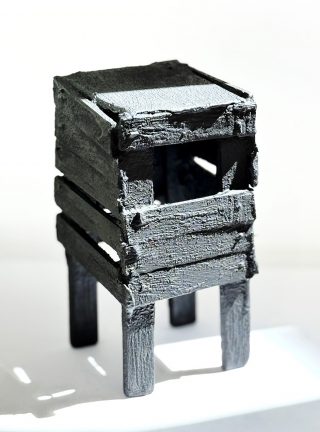
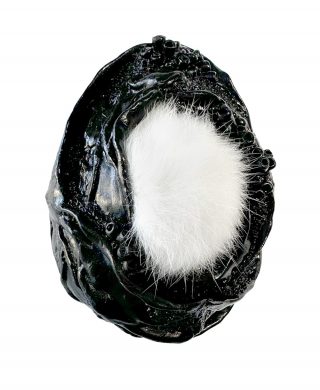
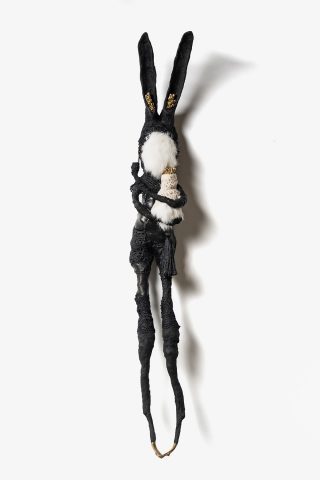
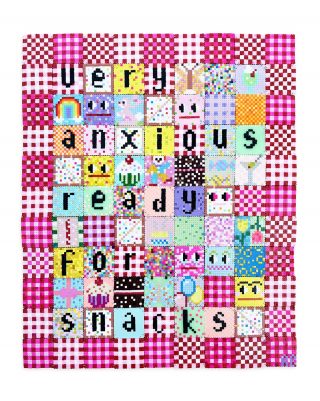
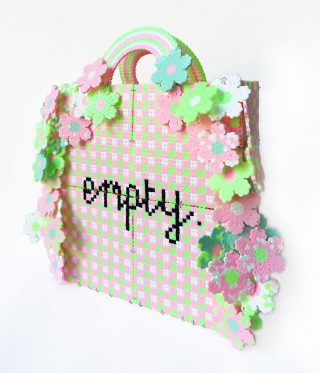
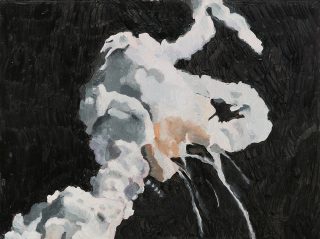
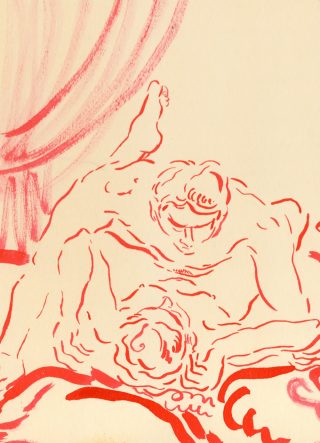 Sold
Sold
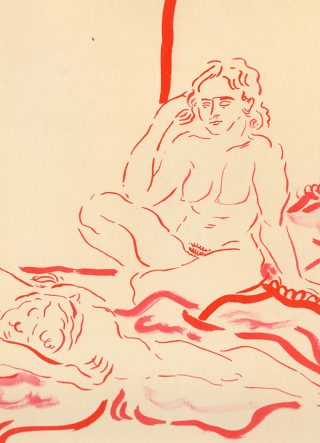 Sold
Sold
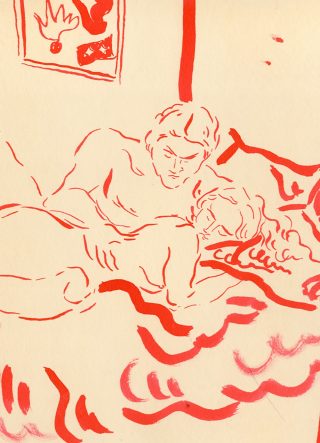 Sold
Sold
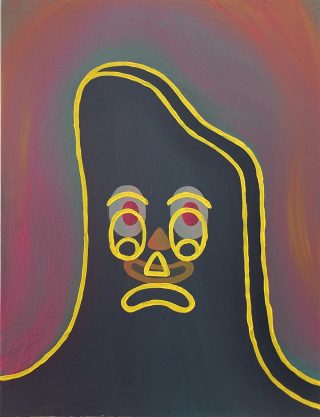
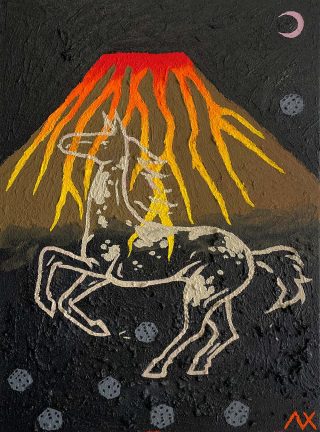
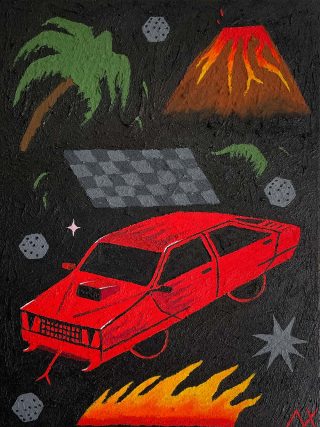
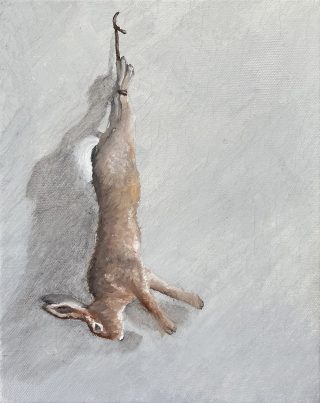 Sold
Sold
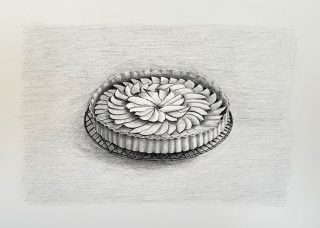
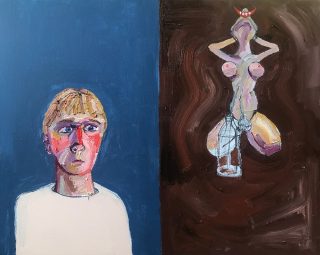
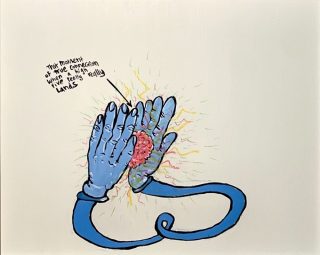
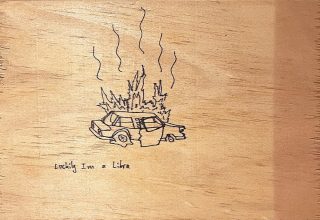 Sold
Sold
